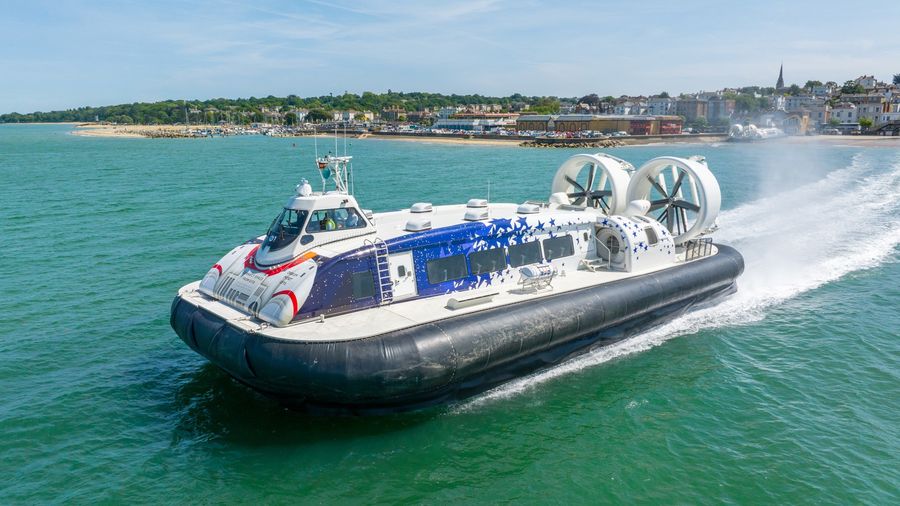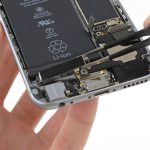Hovercrafts, also known as air-cushion vehicles (ACVs), are one of the most fascinating inventions in transportation. Unlike cars, boats, or planes, hovercrafts can travel over land, water, mud, and even ice — seemingly gliding over the surface like magic. But behind the effortless motion is a combination of fluid dynamics, clever engineering, and smart design. In this article, we’ll explore how hovercrafts work, what makes them unique, and how science makes these floating vehicles possible. 🌍✨
🌀 What Is a Hovercraft?

A hovercraft is a hybrid vehicle that rides on a cushion of air created by powerful fans. It doesn’t have wheels or a traditional hull like a boat. Instead, it hovers slightly above the surface, reducing friction and allowing for smooth movement over various terrains. This unique design allows it to operate in conditions where other vehicles would get stuck.
Hovercrafts are used for a variety of purposes:
-
Rescue missions in flood-prone or icy areas 🛟
-
Military operations for amphibious transport 🪖
-
Passenger transport across rivers or wetlands 🚏
-
Recreational rides for adventure seekers 🎢
🔍 The Core Science: Lift and Thrust
Hovercrafts rely on two main principles of physics: lift and thrust.
🛫 1. Lift: The Air Cushion
The heart of a hovercraft is its lift system. This involves powerful centrifugal fans or blowers that suck in air from above and push it downward beneath the vehicle. The air is trapped beneath the hull by a skirt – a flexible, rubbery curtain surrounding the base of the hovercraft.
This trapped air creates a high-pressure cushion between the ground and the vehicle, lifting the hovercraft slightly off the surface. This process is similar to how a puck glides on an air hockey table, but on a much larger scale. 🌬️
Key features of the lift system:
-
Fans/Blowers: Move large volumes of air quickly
-
Skirt: Prevents air from escaping too fast
-
Air Pressure: Counteracts gravity to keep the vehicle afloat
Without this cushion of air, the hovercraft would simply sit on the ground or water like a boat.
🚀 2. Thrust: Moving Forward
Once lifted, the hovercraft needs to move. This is achieved through propulsion fans, typically mounted at the rear of the craft. These fans work like airplane propellers, pushing air backward to create forward thrust.
The direction of travel is controlled by rudders or adjustable vanes located behind the fans, allowing the hovercraft to turn left or right. Some hovercrafts also use differential thrust (changing power to each fan) to help steer.
⚙️ Engineering Components of a Hovercraft
Let’s break down the key parts of a modern hovercraft:
| Component | Function |
|---|---|
| Lift Fans | Provide vertical lift by pushing air under the craft |
| Skirt | Keeps air contained to form a stable air cushion |
| Thrust Fans | Propel the hovercraft forward or backward |
| Rudders/Vaning | Steer the vehicle by redirecting airflow |
| Hull | Main body that holds passengers, cargo, or equipment |
| Control System | Manages fan speeds, direction, and balance |
🌊 Hovercraft vs. Traditional Vehicles
| Feature | Hovercraft | Boat/Car/Plane |
|---|---|---|
| Terrain Versatility | Land, water, ice, mud | Specialized for one type |
| Friction | Minimal due to air cushion | Higher due to ground/water drag |
| Speed | Moderate (20–50 mph typical) | Cars and planes can be faster |
| Fuel Efficiency | Lower than cars/boats due to air loss | Usually more optimized |
Hovercrafts are excellent where terrain is unpredictable, such as flood zones or icy conditions. However, they aren’t the most fuel-efficient or high-speed vehicles, which limits their widespread use.
🧠 The Physics Behind the Float
To understand the physics of hovercrafts, we need to dip into fluid dynamics and pressure science:
-
Bernoulli’s Principle: Faster-moving air creates lower pressure. But in hovercrafts, high pressure under the craft is more important — it’s the pressure difference between the top and bottom that allows lifting.
-
Newton’s Third Law: For every action, there is an equal and opposite reaction. The fans pushing air downward or backward result in an upward or forward motion of the hovercraft.
-
Air Leakage: Perfect containment isn’t possible, so some air leaks out from under the skirt. Engineers must carefully balance air inflow and outflow to keep the craft stable.
🧭 Applications and Future of Hovercrafts
Hovercrafts are especially useful in environments where no other vehicle can operate effectively. Here are a few real-world examples:
-
🌪️ Disaster Relief: In flood-affected areas, hovercrafts can reach places that boats or helicopters can’t.
-
🪖 Military Landing Craft: The U.S. Navy uses large hovercrafts for rapid deployment on beaches.
-
🌐 Remote Transportation: In regions with no roads or shallow waters, hovercrafts connect communities.
-
🛠️ Construction and Exploration: Used in oil rigs and Arctic expeditions where normal vehicles fail.
With modern advancements in battery technology, lighter materials, and automated controls, hovercrafts are becoming more efficient and may see a rise in popularity, especially in specialized transportation and emergency services.
🎯 Conclusion
Hovercrafts are incredible vehicles that combine elements of boats, airplanes, and science fiction. By using a cushion of air for lift and powerful fans for thrust, they can glide over almost any surface with minimal friction. Though they have limitations, their versatility makes them ideal for many challenging environments.
As technology continues to improve, we may soon see hovercrafts play a more prominent role in disaster relief, military missions, and eco-friendly transport. 🚀🌍


